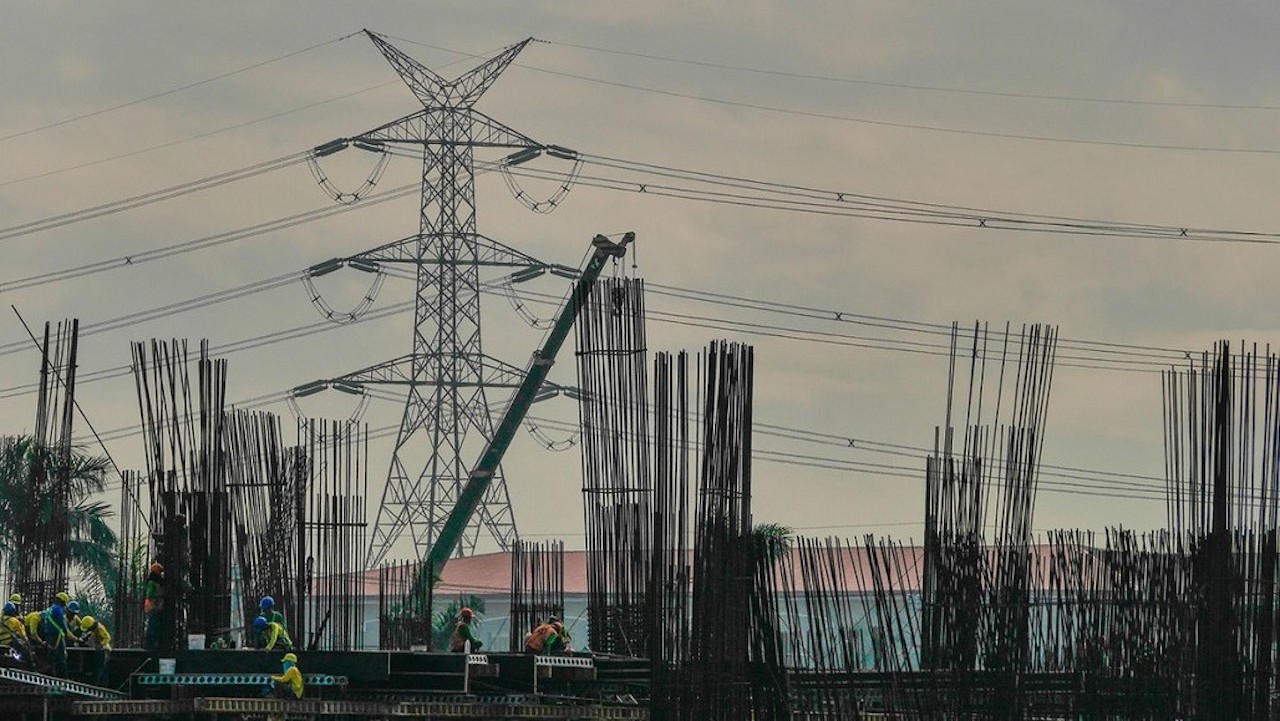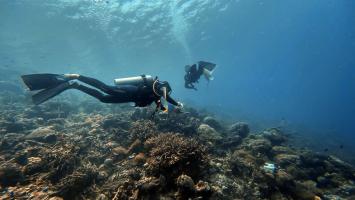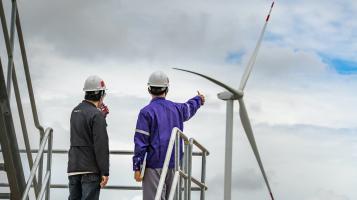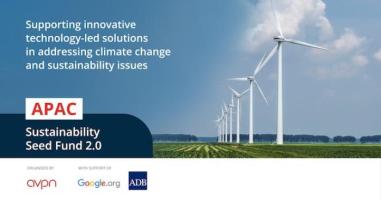
The Philippines has committed to reduce and avoid 75% of greenhouse gas emissions by 2030. Photo credit: ADB.
The Agus-Pulangi hydropower plants will be rehabilitated and expanded to enable the early retirement of coal-fired power plants.
The Philippines will pilot the Energy Transition Mechanism (ETM) project in Mindanao, where the Agus-Pulangi hydropower plants will be rehabilitated and expanded to enable the early retirement of coal-fired power plants.
“We have a unique opportunity in Mindanao, an island in the southern part of the Philippines, to demonstrate our carbon-reduction commitment. In Mindanao, the hydropower source has a huge potential,” said Finance Secretary Carlos G. Dominguez at the recent COP26. “As we increase its (Agus-Pulangi) generating capacity, the ETM project will help us acquire coal-fired power plants on the island to repurpose them.”
Coal accounts for 54% of the country’s energy mix. In 2019, it produced 48% of carbon dioxide emissions. Dominguez said “reducing dependence on coal power is the fastest way to cut our carbon emissions.”
The Philippines has committed to a projected greenhouse gas emission reduction and avoidance of 75% from 2020 to 2030 for agriculture, wastes, industry, transport, and energy sectors. It accounts for only three-tenths of one percent of global carbon emissions. However, the country ranks as the 9th most climate-vulnerable in the world.
Innovative program
At the climate talks in Glasgow, the Philippines announced it is working with the Asian Development Bank (ADB) and some private sector partners in developing the ETM, which can become the largest carbon reduction program in the world. It is also exploring a possible partnership with the new private sector-led Global Energy Alliance for People and Planet to help hasten its transition to renewable energy.
An initiative of ADB, the ETM is an innovative blended-finance approach that seeks to retire existing coal-fired power plants on an accelerated schedule and replace them with clean power capacity over the next 10 to 15 years. It will bring together public and private funds to support the shift to renewable energy.
Indonesia is also partnering with ADB on the ETM project. Viet Nam may also join the initiative.
A showcase project
The ETM pilot is expected to help shift most of Mindanao’s energy requirements to hydropower, said Dominguez, who is chairman-designate of the Philippines’ Climate Change Commission (CCC). “Mindanao will showcase an Earth-friendly future that can be replicated in other areas in the Philippines–and even countries around the world,” he remarked.
Based on data from the Philippines’ Power Sector Assets and Liabilities Management Corp. (PSALM), the Agus-Pulangi rehabilitation project would enable the seven power plants in the hydropower complex to maximize their generation capacity to a combined 1,001 megawatts (MW), which is more than enough to cover the 232 MW capacity of the Mindanao Coal-Fired Power Plant that can be retired earlier in the area.
The oversupply of power in Mindanao resulting in stranded coal assets makes it timely to repurpose mature (more than 15 years old) coal power plants to renewable energy sources.
ADB is conducting a feasibility study of the ETM project for the Philippines to look at the financial aspects and estimate the economic value of a significant share of the coal fleet that could be retired early.
More investments and jobs
A full scale-up of ETM in the Philippines is expected to attract more investments in renewable energy, create jobs, and support economic recovery from the COVID-19 pandemic.
According to Sustainable Energy for All (SEforALL), investing $10 million in renewable energy and energy efficiency generates 2 to 2.5 times more jobs than investing in fossil fuels.
In Glasgow, Dominguez met with Dr. Rajiv Shah, the president of the Rockefeller Foundation, which is one of the pioneers of the Global Energy Alliance for People and Planet or GEAPP, to discuss a possible list of projects that they can help fund for the Philippines.
Launched by Rockefeller, IKEA Foundation, and the Bezos Earth Fund on the sidelines of COP26, GEAPP has committed an initial $10 billion to help accelerate the implementation of clean energy projects in developing economies that are highly vulnerable to climate change. The group aims to deliver transformational programs that will accelerate and scale up an equitable energy transition in developing and emerging economies, while creating millions of jobs in the process.
Dominguez discussed with Shah the decommissioning and repurposing of coal-fired power plants in Mindanao and how the GEAPP can possibly assist in this initiative. The Rockefeller Foundation is also involved in the ETM project; it has signed a memorandum of understanding with ADB on designing and establishing the facility.
This article was first published by BIMP-EAGA on 23 November 2021.

BIMP-EAGA
The Brunei Darussalam–Indonesia–Malaysia–Philippines East ASEAN Growth Area, or BIMP-EAGA, is a cooperation initiative established in 1994 to spur development in remote and less developed areas in the four participating Southeast Asian countries.


